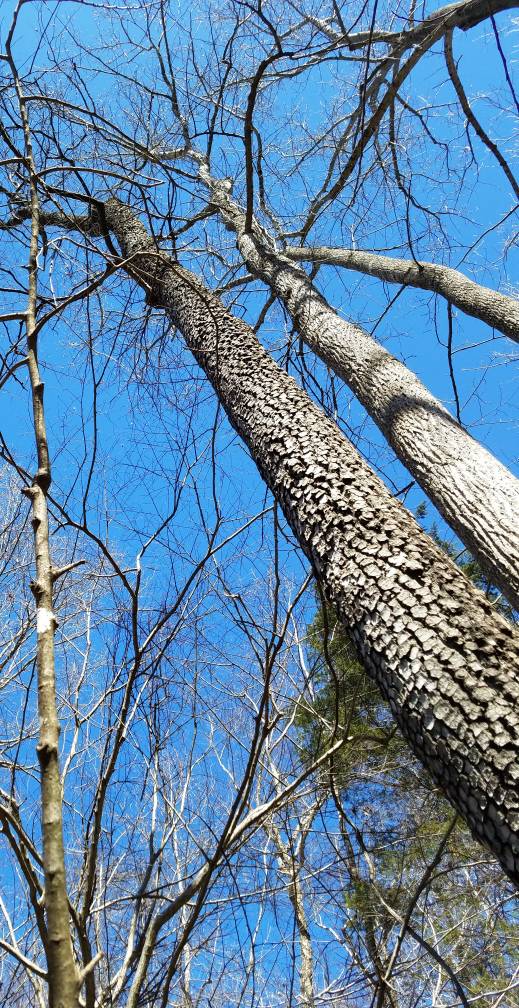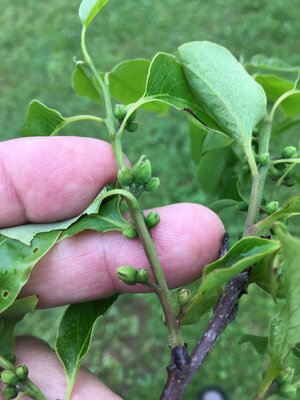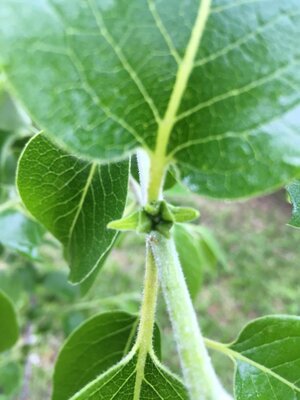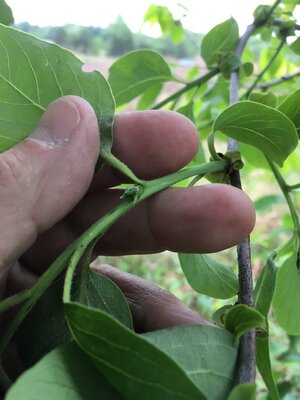David
Active Member
I recently did some field work with my native persimmons. I had identified dozens and dozens of naturally occurring persimmons this summer and tagged them. They were spared from the bush hogging in my "homestead" field.
I'm rolling into my 4th year as a land owner and I had mowed and set fire to this field once 2 years ago.
I left most of them to grow on their own and plan on being patient with half and grafting half from local females next winter.
I was extremely curious as to how I could have sooooo many growing in a field that had sooooo few females near by. I chalked it up to critters eating on some near by healthy females and using my fields as their toilet.
Part of my plan was to transplant around 10-20 of them into strategic locations for hunting. I figure as time passes, between the ones I transplant, graft, and leave alone, I will end up with some good fruit.
What I found when I began to dig some of the smaller ones up was they were growing from old stumps/roots. A dozen trees shared a single parent. There wasn't a single trees that appeared to actually be a seedling.
My fear is that this will reduce the chances of a good statistically 50/50 ratio of male to female. That perhaps 5 old males are responsible (through their root system) for the 50-60 trees I'm working on.
Time will tell.
I'm rolling into my 4th year as a land owner and I had mowed and set fire to this field once 2 years ago.
I left most of them to grow on their own and plan on being patient with half and grafting half from local females next winter.
I was extremely curious as to how I could have sooooo many growing in a field that had sooooo few females near by. I chalked it up to critters eating on some near by healthy females and using my fields as their toilet.
Part of my plan was to transplant around 10-20 of them into strategic locations for hunting. I figure as time passes, between the ones I transplant, graft, and leave alone, I will end up with some good fruit.
What I found when I began to dig some of the smaller ones up was they were growing from old stumps/roots. A dozen trees shared a single parent. There wasn't a single trees that appeared to actually be a seedling.
My fear is that this will reduce the chances of a good statistically 50/50 ratio of male to female. That perhaps 5 old males are responsible (through their root system) for the 50-60 trees I'm working on.
Time will tell.













